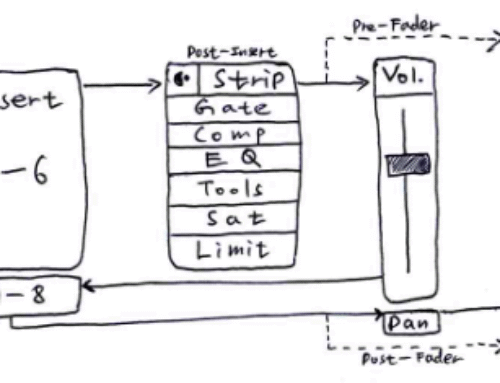| Recent Comments |
| Categories |
| Archives |
| Tags |
Know your microphone
A list of my microphones can be found [here]. Below you will find links to microphone specifications and pointers to understand microphone specifications. In addition, I briefly listed some common microphone setups.
Background information
- Explanation polar patterns: here and here
- Microphone overview (specs, etc): Recording hacks or Micpedia.
- How to read a specification sheet: here
- DPA Microphones – Mic University
General properties
Professional microphones have an output impedance of <200 ohm. The mixer or microphone pre-amp to which the microphone is connected needs at least an input impedance that is 5 times as high to transfer the maximum signal voltage to the input.
Dynamic microphones
- Robust and cheap
- Can be used at high sound pressures
- Does not require external power
- Low sensitivity(at 1 kHz/1 Pa) of around 2mV/Pa
- Low top high
- Moderate transient response
- Less detailed
Condenser microphones
- Large frequency bandwidth
- Good transient response
- Detailed
- High output (at 1kHz/1 Pa) of around 20 mV /Pa.
- Less robust
- Sometimes too much high
- Needs external power (48V phantom power)
- Small membrane (<1cm)
- Better performances for top high and transients.
- Better off-axis response
- Can handle large sound pressures
- Large membrane (>2cm).
- Large membranes are less neutral.
- Smaller frequency range / less flat.
- Less self noise
Ribbon microphones
- Natural sound
- No inflated high frequency
- Very good transient response
- Broad bandwidth
- Very vulnerable
- Many models have very low output
- Some models can be damaged by phantom power
- See also my post about ribbon microphones
Polar patterns.
- Omnidirectional microphones are equally sensitive to sound from all directions.
- Cardioid microphones are most sensitive to sound coming from the front. Sound from the sides is picked up somewhat quieter, and sound from the rear is greatly rejected.
- A microphone with a Figure-8 or bidirectional pickup pattern is sensitive to sound coming from the front and coming from the rear, but has a very high rejection for sound coming from the sides.
- Supercardiod and hypercardioid microphones are even more directional than the standard cardioid. They’re slightly more sensitive from the back and have an even narrower range of sensitivity from the front.
Stereo setups
- AB
- Microphones in parallel
- Omni or (hyper)cardioid microphones
- Omni gives best stereo field. Stereo field result of volume and time differences between left and right microphone.
- Low mono compatibility (comb filtering)
- XY
- Membranes above each other. Angle 90 degrees. Don’t point at sound source (gives some coloring)
- Directional microphone (hyper)cardioid)
- Less convincing stereo field. Stereo field only result of volume differences between left and right microphone.
- Good mono compatibility
- ORTF
- Membranes at distance of 17cm. Angle 110 degrees.
- (hyper)cardioid microphones
- Compromise between bad mono compatibility of AB and less convincing stereo field of XY.
- NOS
- Membranes at distance of 30cm. Angle 90 degrees.
- (hyper)cardioid microphones
- Compromise between bad mono compatibility of AB and less convincing stereo field of XY.
- MS (middle-side)
- Combination of bidirectional microphone (pointed side ways) and (hyper)cardioid (pointed to sound source).
- Good stereo field and mono compatibility
- Bidirectional microphone is connected to two mixer channels. The phase of one channel is reversed.
- Blumlein
- Two bidirectional microphones on top of each other. Angle 90 degrees.
- Good stereo field and mono compatibility
- Deca tree
- Three Omni directional microphones. One pointed to the sound source. The others to the left and right.
- Avoids a too large gap if microphones are placed at larger distances in AB setup.













